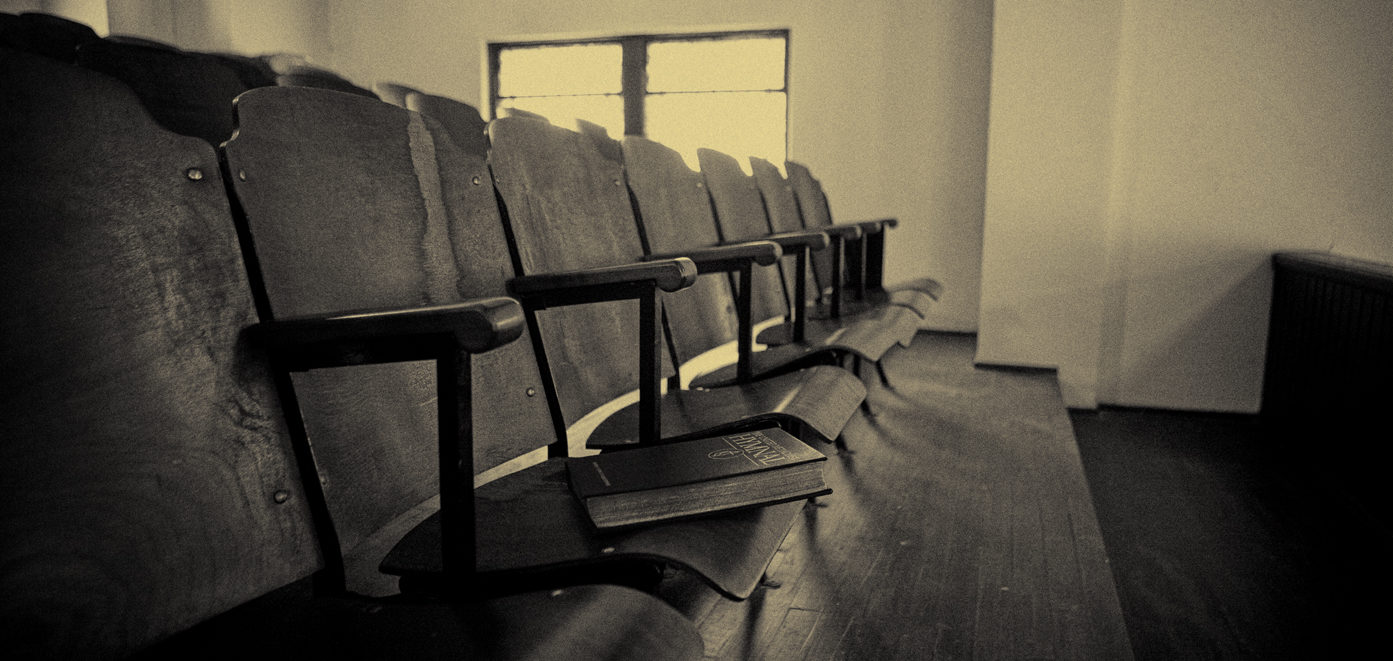The headline of this blog might remind readers of the movie The Free State of Jones or maybe cause a Google search to see if Lynyrd Skynyrd has reissued a greatest hits album.
It is much stranger than that.

Van Zandt County tried to secede at least two times, first from the Confederacy and later from the United States. It got its name when a larger county was split into three separate counties, and Van Zandt was someone left without any debt or obligations due to some administrative oversight. That was one reason it earned the moniker “Free State” — which later became a popular thing in the mid-1800s.
In 1861 when Texas seceded from the Union, most county residents did not own slaves. They felt like if Texas could leave the Union, they could leave Texas and the United States. The effort failed.
In the summer of 1867, with the Civil War ended and the state being re-admitted to the Union, a large number of citizens gathered on the courthouse grounds in the county seat of Canton. They elected delegates, called a convention, and promptly seceded from the state of Texas and from the United States.
Word eventually reached General Philip Sheridan in New Orleans and he sent a cavalry unit to put down the rebellion. The citizens heard the news and were shocked at the reaction. They called a meeting and decided the best course of action was to declare war on America.
Several citizens armed themselves and set up at the national border (county line) and opened fire when the U.S. troops arrived. The troops quickly retreated. No one on either side was injured.

After what looked like a rout, the Free State of Van Zandt partied. Hard. So hard, that most of the men got drunk and passed out on the courthouse grounds. Under cover of darkness, the troops returned and shackled the rebels without firing a shot.
Logistics became a problem — there was no place to put the prisoners or means to feed them. A crude stockade was built. However, one man, an ex-Confederate named William Allen, managed to hide a knife in his boot. At night, he managed to free himself and others from the shackles and during a tremendous rainstorm a couple of nights later, all of the now-sober men escaped.
Some went to Louisiana and some to Oklahoma. Warrants were issued, but none were ever served and there were no trials. The matter was simply abandoned.
Allen studied medicine under a doctor in Arkansas and later returned to Van Zandt County after Reconstruction ended, where he became a prominent citizen. There is currently a marker on the courthouse grounds noting The Free State of Van Zandt.
Sources:
Ayres, Thomas. That’s Not in My American History Book. 2004.
“Van Zandt: What’s Behind the Interesting Name?” County Line Magazine, Oct. 7, 2018 & Feb. 27, 2020

